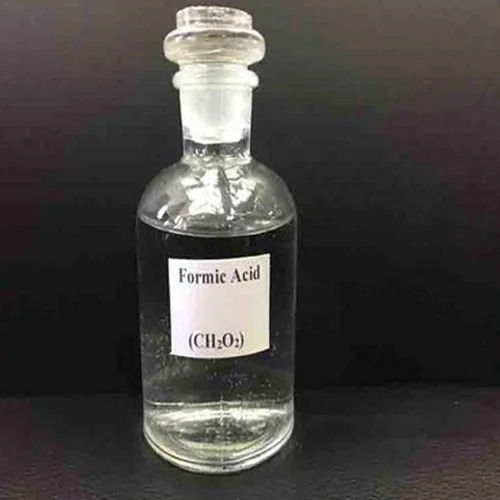
Formic Acid
65 आईएनआर/Kilograms
उत्पाद विवरण:
- ग्रेड तकनीकी ग्रेड
- स्टोरेज कमरे का तापमान
- भौतिक रूप लिक्विड
- प्रॉडक्ट टाइप चींटी का तेजाब
- पवित्रता 99%
- Click to view more
X
फार्मिक एसिड मूल्य और मात्रा
- 500
- किलोग्राम/किलोग्राम
- किलोग्राम/किलोग्राम
फार्मिक एसिड उत्पाद की विशेषताएं
- लिक्विड
- कमरे का तापमान
- तकनीकी ग्रेड
- चींटी का तेजाब
- 99%
फार्मिक एसिड व्यापार सूचना
- 7 दिन
उत्पाद विवरण
फॉर्मिक एसिड, जिसे मेथानोइक एसिड के रूप में भी जाना जाता है, रासायनिक सूत्र HCOOH या CH <उप> 2 के साथ एक साधारण कार्बनिक यौगिक है
Tell us about your requirement

Price: Â
Quantity
Select Unit
- 50
- 100
- 200
- 250
- 500
- 1000+
Additional detail
मोबाइल number
Email







